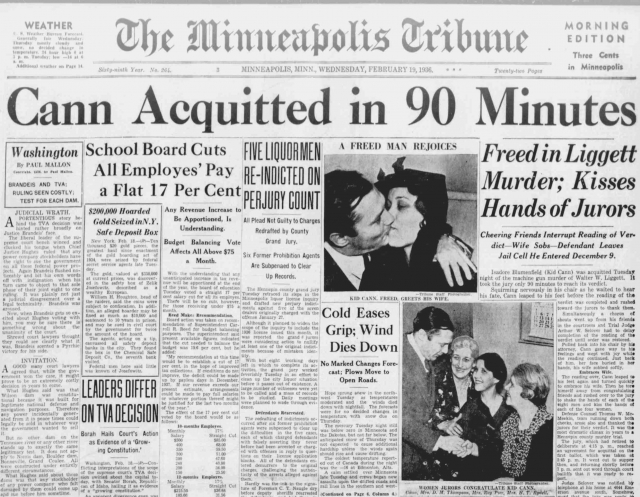8 Easy Facts About News Articles Explained
8 Easy Facts About News Articles Explained
Blog Article
What Does News Articles Do?
Table of ContentsWhat Does News Articles Do?News Articles for DummiesWhat Does News Articles Mean?What Does News Articles Mean?Some Known Details About News Articles
Great understanding of different subjects provides students an affordable edge over their peers. Even though electronic and social networks are readily available, we ought to not forget how crucial it is to review the papers. Moms and dads need to try and inculcate the routine of checking out a newspaper as a daily routine to proceed the tradition of the adored print tool.Newspaper article additionally consist of at the very least among the following essential attributes family member to the designated target market: proximity, importance, timeliness, human interest, anomaly, or effect. The relevant term journalese is sometimes used, normally pejoratively, to refer to news-style writing. An additional is headlinese. Papers normally comply with an expository writing design.
Within these limitations, information stories also intend to be thorough. Amongst the larger and extra reputable newspapers, justness and balance is a major variable in providing details.
Papers with an international target market, for example, often tend to utilize a more official style of writing. News Articles.; usual style overviews include the and the United States News Design Publication.
The Buzz on News Articles
Generally, journalists will not utilize a lengthy word when a brief one will do. They utilize subject-verb-object building and brilliant, energetic prose (see Grammar). They offer stories, instances and metaphors, and they hardly ever depend upon generalizations or abstract ideas. Information authors attempt to avoid using the very same word greater than once in a paragraph (in some cases called an "echo" or "word mirror").
Headings in some cases leave out the topic (e.g., "Jumps From Watercraft, Catches in Wheel") or verb (e.g., "Feline lady lucky"). A subhead (also subhed, sub-headline, subheading, subtitle, deck or dek) can be either a subordinate title under the primary headline, or the heading of a subsection of the short article. It is a heading that comes before the primary text, or a team of paragraphs of the primary text.

Added billboards of any of these kinds may appear later on in the short article (especially on subsequent pages) to lure additional analysis. Such billboards are also utilized as pointers to the write-up in various other sections of the magazine or site, or as ads for the piece in various other publication or websites. Typical structure with title, lead paragraph (recap in strong), other paragraphs (details) and get in touch with information.

Example of a hard-lead paragraph NASA is suggesting an additional area project. The firm's spending plan demand, introduced today, included a strategy to send out another mission to the Moon. This time the firm wishes to develop a long-term center as a jumping-off place for various other area experiences. The budget plan demands about $10 billion for the task.
An "off-lead" is the second most crucial front page news of the day. To "hide the lead" is to start the post with background information or information of second significance to the visitors, forcing them to check out even more deeply into a post than they must have to in order to find the essential factors.
Fascination About News Articles
Usual usage is that or 2 sentences each form their very own paragraph. Journalists usually describe the company or framework of a news tale as an upside down pyramid. The necessary and most interesting components of a tale are placed at the beginning, with supporting info following in order of diminishing relevance.
It allows people to discover a subject to just the depth that their inquisitiveness takes them, and without the imposition of information or subtleties that they could consider unimportant, however still making that info readily available to much more interested readers. The inverted pyramid framework also makes it possible for short articles to be cut to any approximate size during format, to fit in the area offered.
Some writers begin their stories with the "1-2-3 lead", yet there are several sort of lead readily available. This layout usually starts with a "Five Ws" opening up paragraph (as explained above), adhered to by an indirect quote that offers to sustain a significant element of the initial paragraph, and then a direct quote to support the indirect quote. [] A kicker can refer to several points: The last read what he said story in the information program; a "satisfied" tale to end the program.
Longer articles, such as magazine cover write-ups and the pieces that lead the within sections of a paper, are known as. Function tales differ from straight information in a number of means.
The 10-Minute Rule for News Articles
A function's first paragraphs commonly relate a fascinating read the full info here minute or occasion, as in an "anecdotal lead". From the particulars of a person or episode, its view promptly broadens to abstract principles about the tale's subject.

The Editor's Toolbox: A Recommendation Guide for Beginners and Professionals (2001) Allan M. Siegal and William G. Connolly. The New York Times Manual of Design and Usage: The Authorities Style Guide Used by the Writers and Editors of the World's Many Authoritative Newspaper (2002) M. L. Stein, Susan Paterno, and R.
Report this page